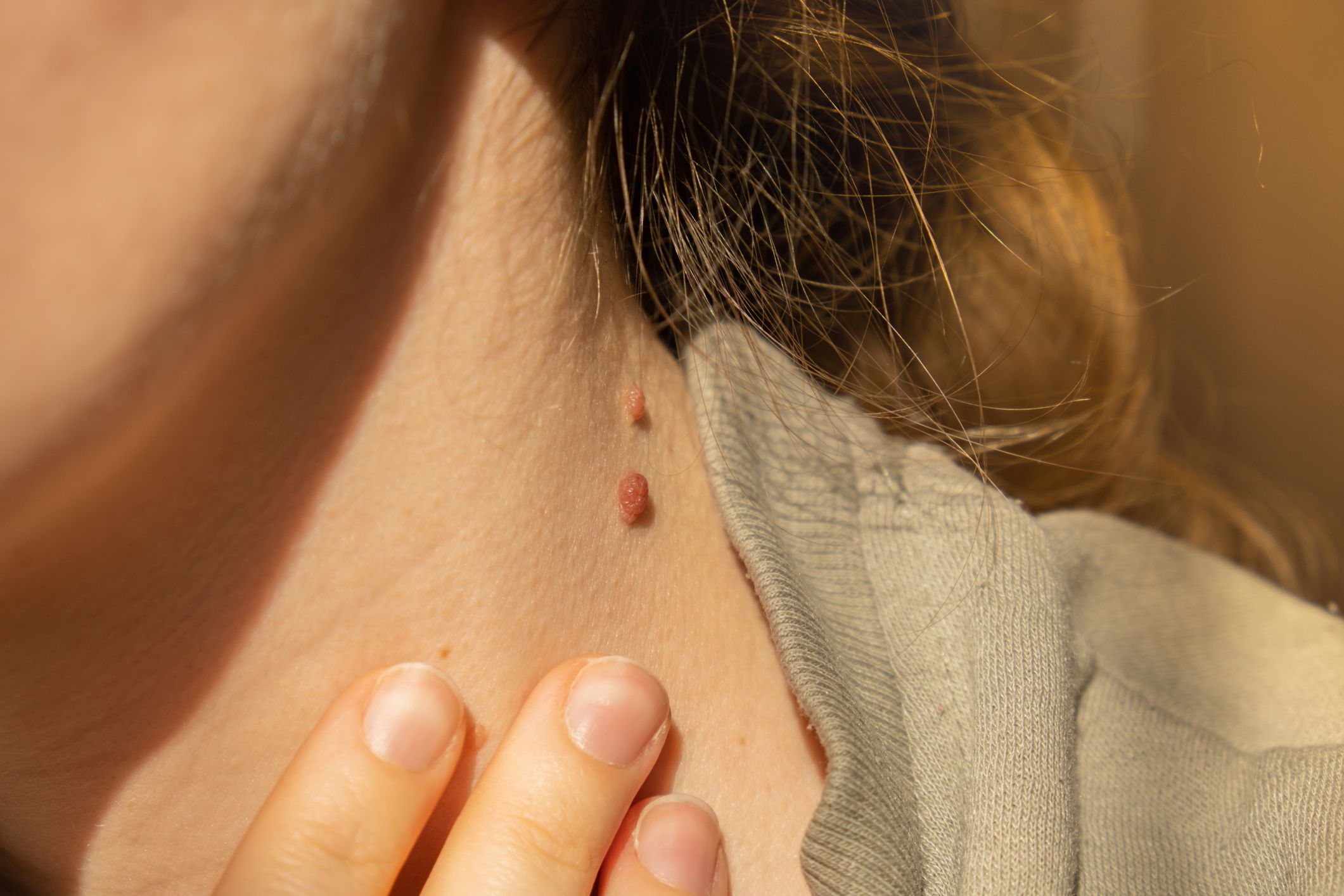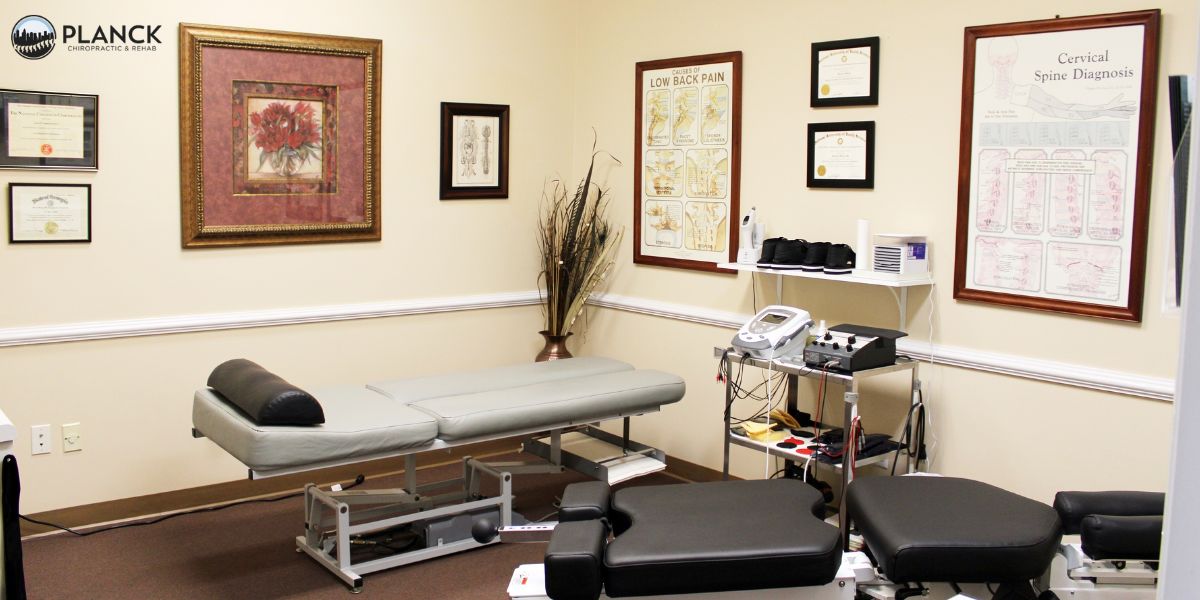Skin tags are small, soft growths that often appear in areas where the skin rubs together. While they are harmless, many people find them bothersome, especially when they appear in visible or sensitive locations. If you’re considering or have already undergone Skin Tag Removal in Dubai, it’s completely natural to want to avoid future occurrences. While skin tag formation can’t always be entirely prevented, there are several ways to minimize the chances of them coming back. Removing skin tags is a straightforward procedure, but one common concern remains: can they grow back, and how can you prevent that from happening?
Why Do Skin Tags Return After Removal?
First, it’s important to understand that once a skin tag is removed, it usually does not grow back in the same spot. However, new skin tags can form in nearby areas or elsewhere on the body. This gives the impression that they’ve “come back,” but in reality, they are new growths resulting from the same underlying factors that caused the original tag.
These include:
- Friction between skin folds
- Hormonal changes
- Genetics
- Obesity or weight fluctuations
- Insulin resistance or diabetes
Let’s take a closer look at how to manage these triggers and lower your risk of developing new tags.
Maintain a Healthy Weight
Extra body weight increases the number of skin folds and the potential for friction—one of the biggest contributors to skin tag development. Losing weight can significantly reduce this friction, especially in common tag-prone areas like:
- Neck
- Underarms
- Groin
- Inner thighs
- Beneath the breasts
Regular exercise, portion control, and a balanced diet can help manage your weight and, by extension, lower your chances of developing more tags.
Reduce Skin Friction
Skin rubbing against skin or fabric over time can irritate and thicken skin, leading to tag formation. Here are some ways to minimize friction:
- Wear breathable, loose-fitting clothing made from natural fibers like cotton
- Use anti-chafing powders or barrier creams in high-friction zones
- Avoid repetitive movements that cause unnecessary rubbing
This is especially important in hot climates like Dubai, where heat and humidity can increase sweating and skin-to-skin contact.
Keep Your Skin Dry and Clean
Sweat and moisture trapped in skin folds not only increase friction but can also irritate the skin. This can create the ideal environment for skin tags to form. Here’s how to keep your skin tag-free:
- Gently dry skin folds after showering or sweating
- Use talcum powder or moisture-wicking fabrics if you’re prone to sweating
- Avoid wearing tight undergarments or clothing for extended periods
Monitor Hormonal Imbalances
Hormonal fluctuations during pregnancy, menopause, or conditions like PCOS can lead to the formation of skin tags. While you may not be able to control hormonal changes completely, you can:
- Consult an endocrinologist if you notice sudden skin changes
- Track your symptoms and cycles
- Stay on top of your general health, as this can help stabilize hormone levels
Manage Blood Sugar Levels
Several studies link skin tags with insulin resistance and type 2 diabetes. If you’ve been diagnosed or are at risk, taking control of your blood sugar can help prevent new skin tags from developing:
- Reduce sugar and processed food intake
- Eat foods rich in fiber and healthy fats
- Exercise regularly
- Get regular blood work to monitor insulin levels
In fact, recurring skin tags may be an early sign of an undiagnosed metabolic condition, so regular checkups are essential.
Avoid Irritating Jewelry or Accessories
Necklaces, bras, or watches that constantly rub against the skin can cause irritation and contribute to skin tag growth. If you wear these items often, try to:
- Choose soft or adjustable straps
- Rotate accessories to reduce repetitive contact
- Clean jewelry regularly to avoid skin reactions
Follow Good Skincare Practices
Keeping your skin healthy, hydrated, and protected can reduce the formation of skin tags over time. Simple steps like the following can make a big difference:
- Moisturize daily to maintain skin elasticity
- Use non-comedogenic and fragrance-free products to avoid irritation
- Exfoliate gently to prevent buildup of dead skin cells in folds
These habits are especially helpful if your skin is prone to tags, irritation, or dryness.
Schedule Regular Skin Checks
If you’re prone to developing skin tags, scheduling periodic checkups with a dermatologist can help detect early growths and manage them before they become uncomfortable. Early professional evaluation also ensures that you’re not mistaking other skin conditions for tags.
Clinics specializing in Skin Tag Removal often offer follow-up care plans and personalized recommendations to help prevent recurrence based on your skin type and health history.
What If You Still Get New Skin Tags?
Even with the best preventive care, new skin tags may still form—especially if you’re genetically predisposed. In such cases, the goal should shift to early management and gentle removal techniques that maintain your skin’s appearance and health. Instead of ignoring them or resorting to home remedies, consider a consultation with a qualified practitioner who can assess whether removal is necessary and suggest the most suitable treatment method.
Final Thoughts
Stopping skin tags from growing again may not be 100% possible, but by understanding what causes them and taking proactive steps, you can dramatically reduce the likelihood of recurrence. Whether it’s by managing friction, staying on top of your metabolic health, or adopting better skin habits, prevention is well within reach. If you’re committed to maintaining smooth, tag-free skin, the journey starts with smart skincare and continues with trusted solutions like Skin Tag Removal, where expert-led treatments ensure both safety and aesthetics.


